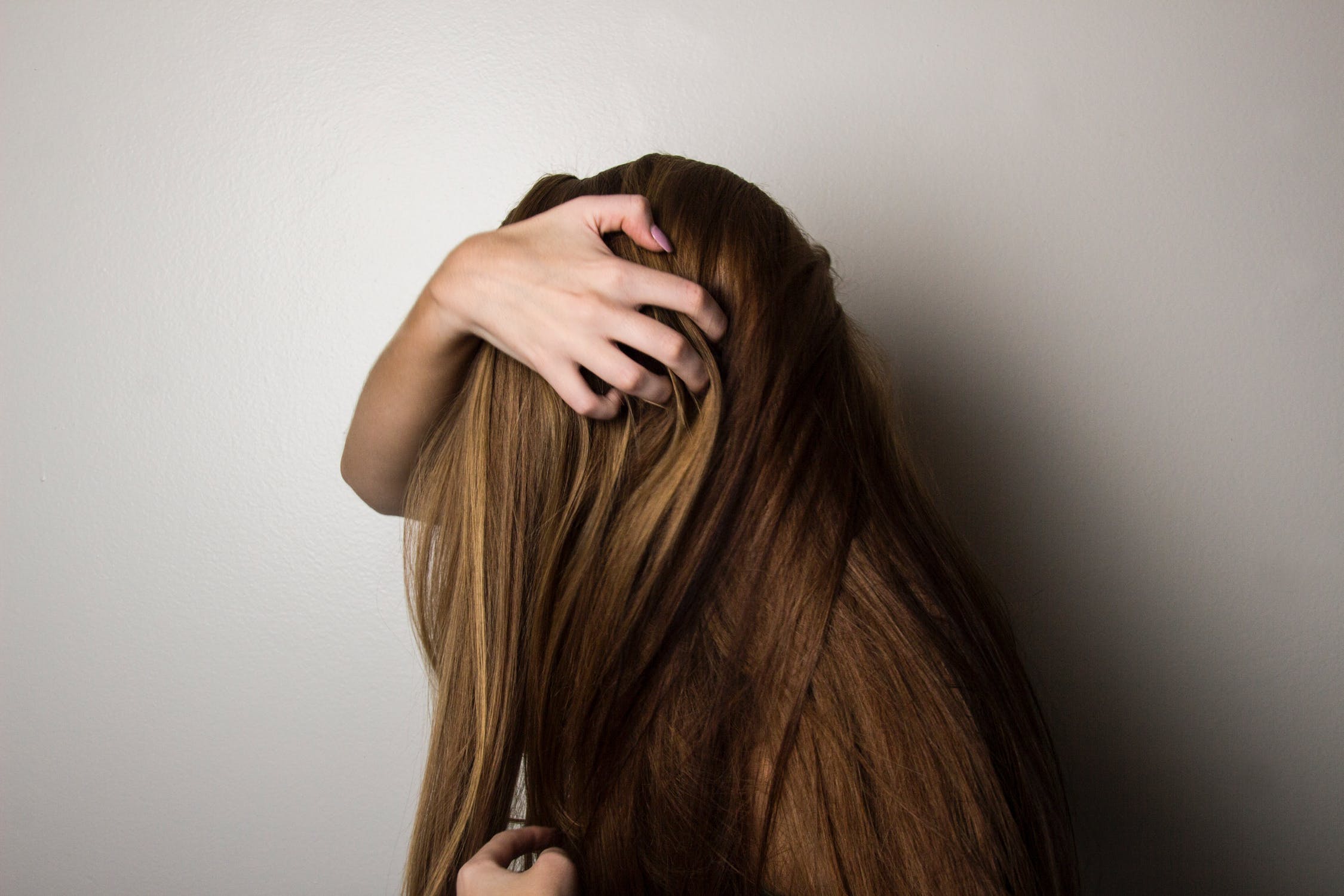
The color of your hair is determined largely by the pigment molecules that are present. There are four main types of hair color that are recognized, namely, black, brown, blonde and red, with various variations within each of these main color types.
The type of pigment molecule giving hair its color is called melanin, and there is more than one form that melanin can take. Melanin is created inside special cells called melanocytes and either eumelanin is produced or pheomelanin. The eumelanin is responsible for the darker colored hair, the black and brown hair colors. The pheomelanin causes the lighter colored hair including the red and blonde hair colors.
Which of the pigment types is produced is determined by what genes you have inherited, and more specifically a gene called MC1R, the melanocortin 1 receptor. This gene is found on chromosome number 16 and it codes for a protein that is involved in a series of complex molecular signaling mechanisms.
It is largely through variation in MC1R gene and how it is expressed that hair color in people is determined. People with light colored hair have a variant of the gene that causes more of the pheomelanin to be made than the eumelanin, and hence they have either blonde or red hair. It is difficult to predict the hair color of a baby since the inheritance does not follow simple Mendelian genetic rules.
Hair dyes and bleaches
Today there are a large number of different hair dyes and bleaching products available so that people can artificially change their hair color. It is common for people to lose their hair color and for the hair to change to a gray and eventually white color over time.
The color of individual hair strands do not actually change color even though this is what people often think happens as they age. Instead, with age, we produce less of the melanin that gives our hair its natural color and thus new hair grows in as gray. This is common and may start as early as age 35, but the age that we start to notice many gray hairs is often also genetically determined. This means that if your parents started getting a lot of gray hair in their 40s then you probably will too.
Gray hair can sometimes be due to illness or nutrient deficiencies, such as a lack of vitamin B12, but often it is a natural part of aging. Hair dyes can help cover up the gray hair but you do need to remember that these can damage your hair over time, so overdoing it may not be a good idea. There is also some debate over how harmful the chemicals in these dyes are to people.
Hair loss and aging
Another noticeable sign of aging, particularly for men is the loss of hair and development of bald spots. This is also often due to genetics but environmental factors and even illness can play a role. Many clinics perform hair transplant surgery to replace lost hair (Vera Clinic).







